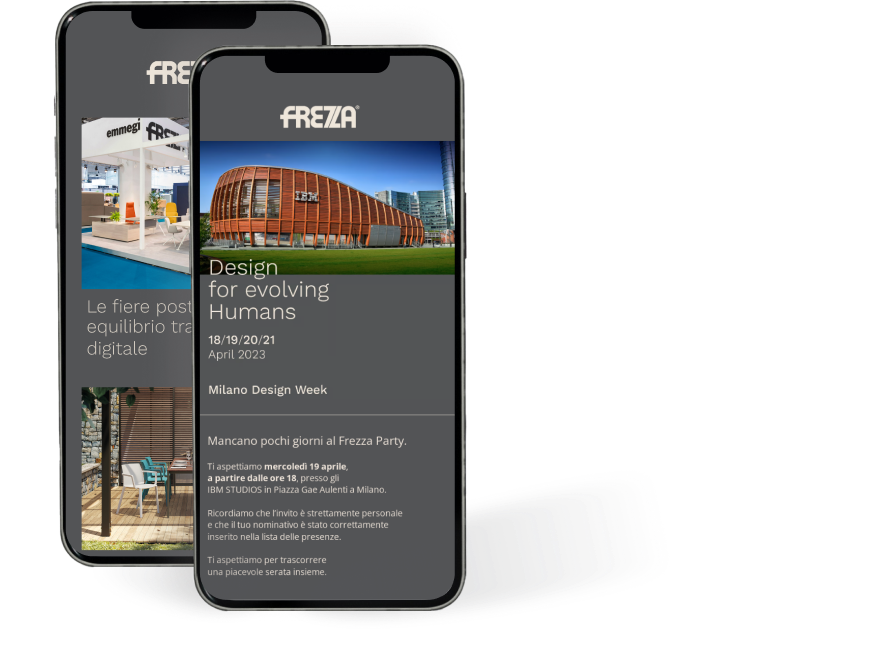ESG criteria and the business world are becoming more and more connected to each other, regardless of the type of sector in which they operate. What used to be “only” a report on a company’s environmental, social and governance activities (Enviromental Social and Governance score) is now the guideline that defines the evolution of offices and workplaces at 360°.
The topics are the same as the ones we discussed a few weeks ago in the office of the future and regenerative workspace articles: ESG transforms these efforts into measurable results, touching issues of sustainability, social responsibility and ethics.
But why is it becoming increasingly important? The answer isn’t straightforward, because the consequences are on several fronts.
First, having a good ESG rating attracts new possible investors: the best-performing companies are on average more resilient and more profitable in the long run, making them more interesting than others.
Subsequently, we must remember that a good ESG score can make the company more appealing in the eyes of the employment market. A company that cares about the environment, the wellbeing of its employees and the relationship it establishes with them can draw new talent and retaining those it already has.
Finally, we must consider the image that ESG projects towards customers: we live in a globalised world, where a click can take people to the other side of the planet. Being able to stand out positively is a significant competitive factor.
The positive payoff is tangible.
How to integrate ESG and office design
In the design phase of a project, it’s increasingly necessary to have a holistic approach that simultaneously considers business needs, the wishes of employees, the impact of the design on the outside world and the company itself with regard to the social ecosystem in which it operates.
Above all, the office must have a minimum impact on the environment and a maximum impact on people’s quality of life, both in terms of design and company policy.
The actions that must be taken can be of different kinds, with different goals that can be adjusted over time. Here are some examples.
1. Space assessment to improve climatic comfort
More and more companies are moving towards indoor-outdoor design solutions, which bring natural elements indoors and make outdoor spaces more pleasant, thus allowing people to work outside the physical walls of the building.
The ultimate goal is energy savings (air conditioning, heating, lighting), correlated with a higher psychological well-being for workers.
2. Implementation of services and benefits connected to well-being
The term “wellbeing” in this case can be used to refer to all activities related to the intellectual, social, physical and health related spheres. The design must respond to the specific needs of employees, acting in accordance with company policies. An example could be nutrition-related actions, such as the creation of a relaxation area with a fridge, kitchenette and a vending machine that only sells healthy snacks.
3. Creation of useful environments for the community
An important area for ESG rating lies within the social role of the business. If it’s in a partly residential area, an increasingly popular idea has been to create spaces that can be used from people that aren’t strictly connected to the company. Examples could be coworking offices or bookable event rooms.
There is no single rule when it comes to ESG, let alone a definitive solution: every action is and must be a step for improvement. A design in constant evolution, like the man it works for.

